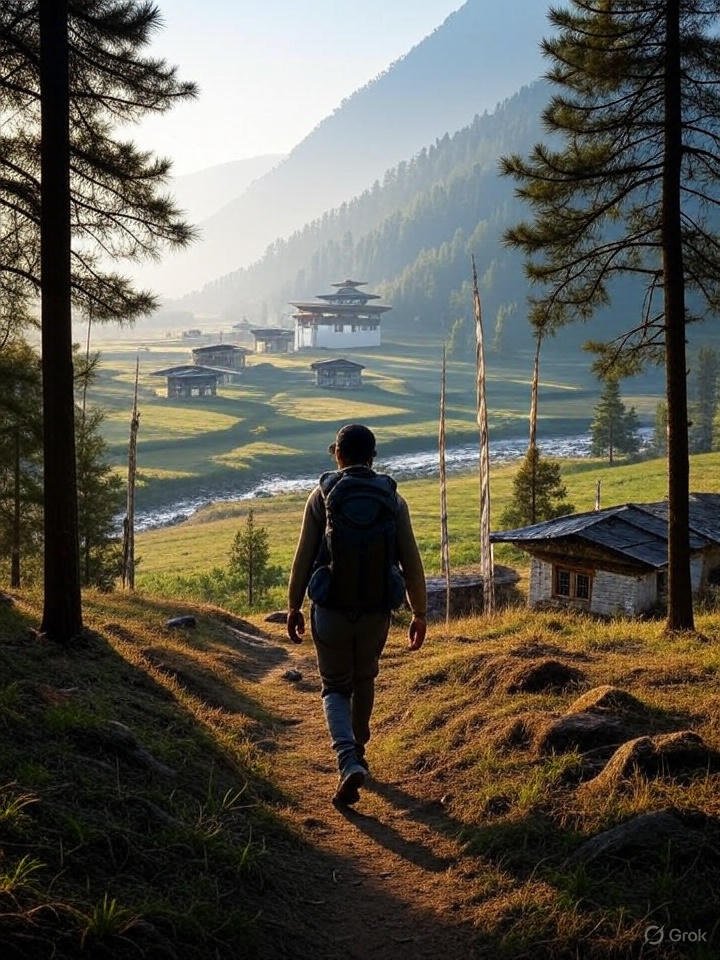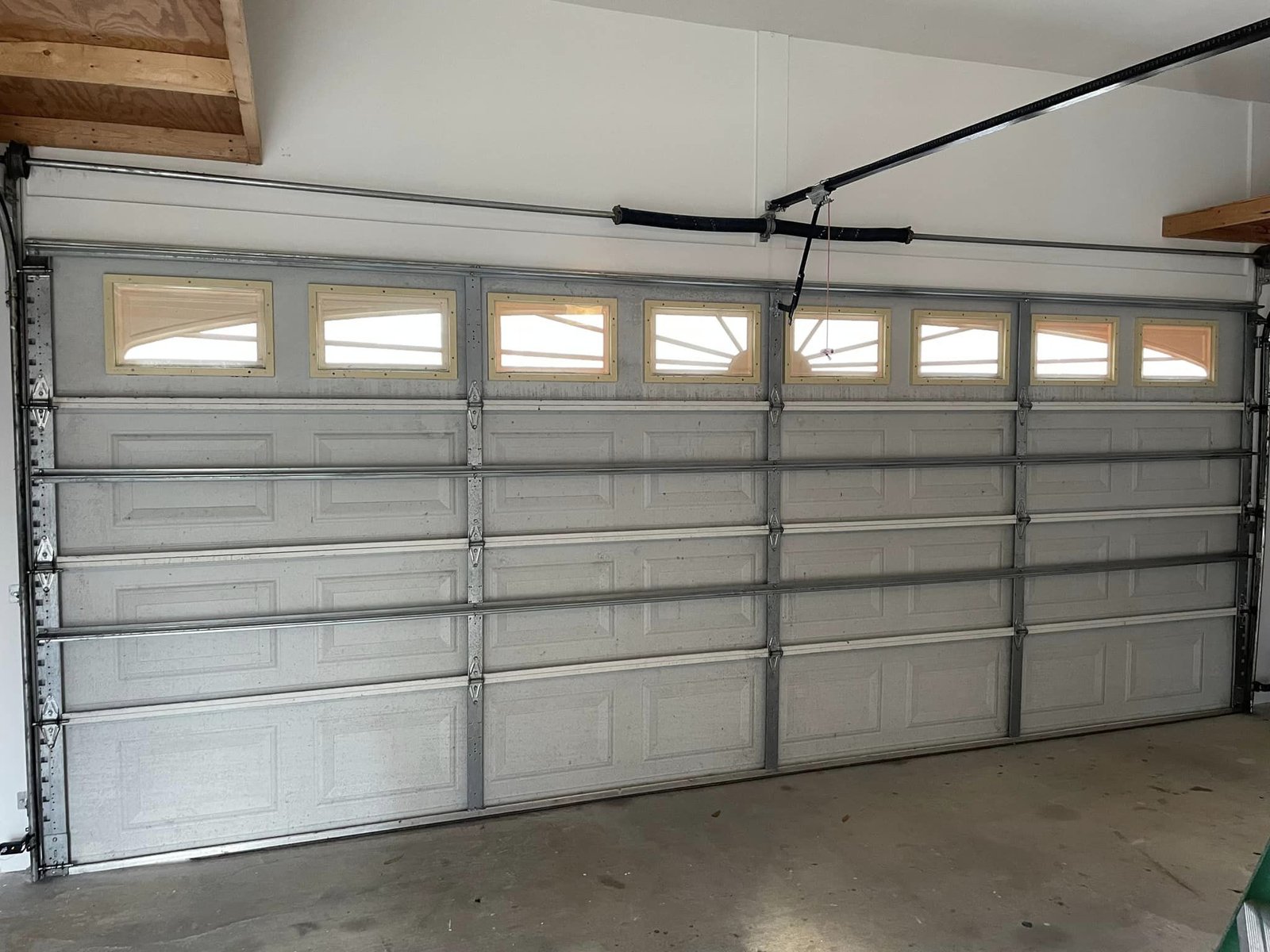Chasing Serenity: A Weekend Escape to Bhutan’s Haa Valley
The clock struck 6:00 AM on a crisp Saturday, August 9, 2025, as I laced up my boots in Thimphu, the hum of morning prayers drifting from nearby chortens. My destination? The Haa Valley, a hidden gem tucked west of Paro, where the air feels lighter and the world slows down. With the weekend stretching ahead, I craved a break from the capital’s gentle bustle—a chance to reconnect with nature and the quiet rhythm of Bhutanese life. What unfolded over the next two days was more than a getaway; it was a journey into a landscape that whispers peace and a culture that welcomes with open arms. Here’s how a weekend in Haa unfolded, and why it might just be your next escape.
The Road to Haa
The drive from Thimphu to Haa takes about four hours, winding through the Chele La Pass at 3,988 meters. As the sun climbed, the road revealed its magic—pine forests gave way to sweeping views of snow-dusted peaks, with prayer flags fluttering like silent sentinels. My driver, Karma, a wiry man with a ready laugh, pointed out yaks grazing on distant slopes, their shaggy coats a stark contrast to the green. The pass itself was a revelation, offering a panorama of Haa’s valley below and, on a clear day, a glimpse of Mount Jhomolari. I stepped out, the chill biting my cheeks, and felt the weight of city life slip away.
The descent into Haa brought rolling meadows and clusters of stone houses, their wooden shutters painted with auspicious symbols. Unlike Paro’s tourist hum, Haa felt untouched, its narrow lanes empty save for a few children kicking a ball. I checked into a guesthouse in Katsho village, a modest place with thick walls and a wood stove that crackled to life. The host, an elderly woman named Pema, offered butter tea and a plate of buckwheat pancakes, her smile warm despite the early hour. “You’re here for the quiet,” she said, and I nodded, already sensing she was right.
Day One: Village Life and Ancient Trails
Saturday morning began with a walk through Katsho, where roosters crowed and the scent of pine mingled with woodsmoke. The village, home to about 200 souls, thrives on subsistence farming—potatoes, barley, and apples dot the fields. I met Tashi, a 30-year-old farmer, who invited me to help harvest apples. His hands moved with practiced ease, and soon mine were sticky with juice as we filled baskets. “This keeps us going,” he said, offering me one to eat. The fruit’s tartness was a perfect match for the crisp air.
Afterward, Tashi suggested a hike to the Lhakhang Karpo, a 7th-century temple perched on a hill. The path wound through prayer-flag-strewn trails, the flags’ colors—blue, white, red, green, yellow—flapping in the breeze. The climb took an hour, my legs protesting the incline, but the reward was worth it. The temple’s white walls glowed against the valley, and inside, a monk chanted softly, the sound echoing off stone. Legend says it was built by a Tibetan king after a divine vision, and standing there, the story felt alive. I left a small offering of coins, feeling a strange calm settle in.
Back in Katsho, the day ended with the Haa Summer Festival, which runs through July and August. Locals gathered in an open field, their traditional ghos and kiras bright against the grass. Archery, Bhutan’s national sport, dominated, with men and women taking turns launching arrows at targets 50 meters away. The crowd cheered, and I joined, clapping as a young woman hit bullseye after bullseye. Dancers followed, their movements telling tales of ancient spirits, accompanied by drums and flutes. Pema shared ara, a potent rice wine, and I sipped cautiously, the warmth spreading as stars emerged overhead.
Day Two: Nature’s Embrace
Sunday dawned with a soft mist, the valley cloaked in mystery. After a breakfast of red rice and ema datshi—Bhutan’s fiery chili-and-cheese stew—I set out for the Haa Nature Trail, a 5-kilometer loop through pine and oak forests. The path was marked by wooden signs, each with Bhutanese proverbs etched in gold. “Patience is the key to happiness,” one read, and I paused, letting the words sink in. Birds chirped overhead, and at a clearing, I spotted a black-necked crane—rare visitors that winter here—its elegance a quiet thrill.
The trail led to a viewpoint overlooking the Ha Chhu River, its waters glinting under the lifting fog. I sat on a rock, sketching the scene, the silence broken only by the river’s murmur. A group of hikers from Thimphu joined me, and we swapped stories— theirs of city life, mine of this newfound peace. They recommended a detour to the Yangthang Village, a 20-minute walk, where an old mill still grinds grain. The miller, a stooped man with a twinkle in his eye, demonstrated the process, water turning the wheel with a rhythmic splash. I bought a bag of freshly ground flour, a tangible memory to carry home.
Lunch was a picnic by the river, courtesy of Pema’s packed lunch—momos stuffed with yak meat and a thermos of tea. The meal felt like a celebration, the valley’s beauty amplifying every bite. Afterward, I explored a local craft shop, where women wove textiles on handlooms, their fingers deftly knotting wool into intricate patterns. I purchased a small scarf, its reds and blues a nod to the landscape, and chatted with the weaver, who shared tales of her grandmother’s loom.
Reflections and Return
As Sunday afternoon waned, I sat on the guesthouse porch, watching the sun dip behind the hills. The weekend had been a balm— no emails, no rush, just the steady pulse of a place that values being over doing. Haa’s charm lies in its simplicity: no flashy resorts, just homes open to strangers, and nature that demands respect. Pema joined me, offering more tea, and we talked about her life—raising three children, tending fields, finding joy in small things. Her words lingered: “Happiness isn’t loud; it’s in the quiet moments.”
The drive back to Thimphu began at 4:00 PM, the road now familiar but no less stunning. Karma pointed out a rainbow arching over Chele La, a fitting farewell. As we descended, I jotted notes, already planning a return—perhaps for the crane migration in November. Haa isn’t a destination for thrill-seekers or luxury hunters; it’s for those seeking a pause, a chance to breathe deeply and listen to the land.
Why Haa Calls
This valley offers more than scenery. It’s a lesson in living lightly, where progress doesn’t erase tradition. The Haa Summer Festival runs through mid-August, and the Nature Trail stays open year-round, though winter brings snow and fewer visitors. Accommodation ranges from guesthouses ($30-$50/night) to homestays ($20/night), with meals included. Bring sturdy shoes, a hat for the sun, and an open heart—Haa rewards those who come ready to connect.
For me, this weekend was a reminder of what travel can be: not just seeing, but feeling. The crunch of leaves underfoot, the taste of fresh apples, the warmth of a stranger’s smile—these are Haa’s gifts. As Thimphu’s lights came into view, I carried that serenity back, a quiet promise to return to a valley that stole my breath and gave me peace in return.







